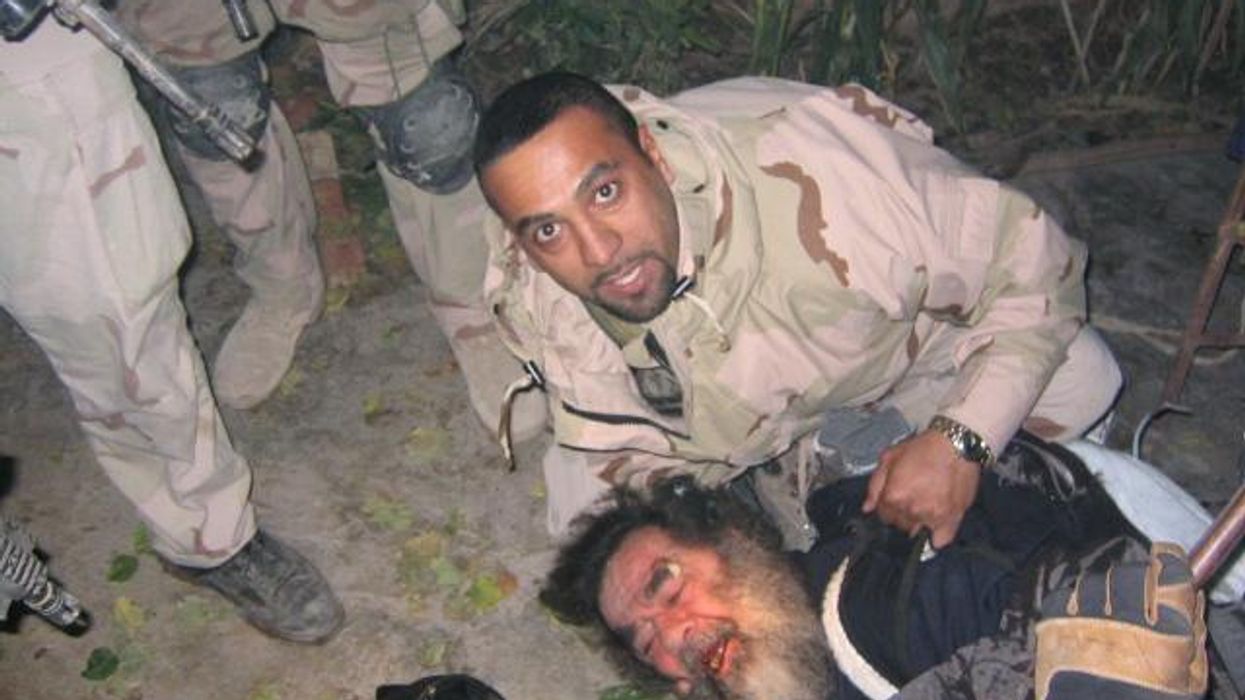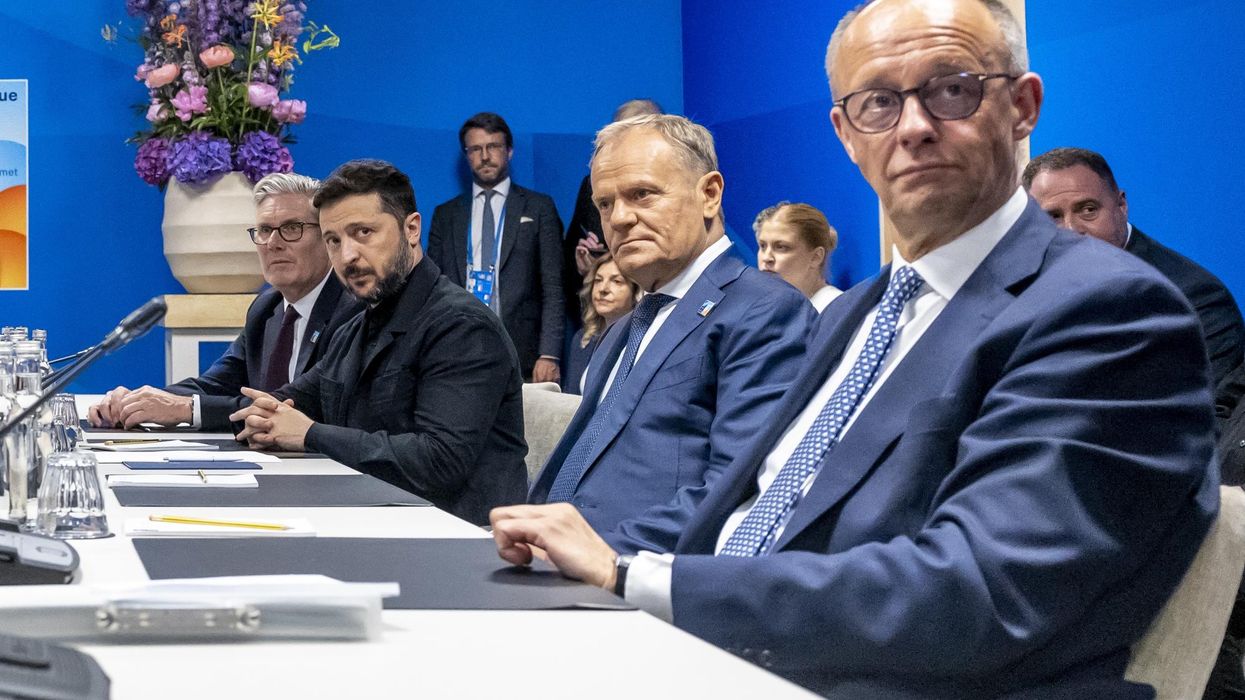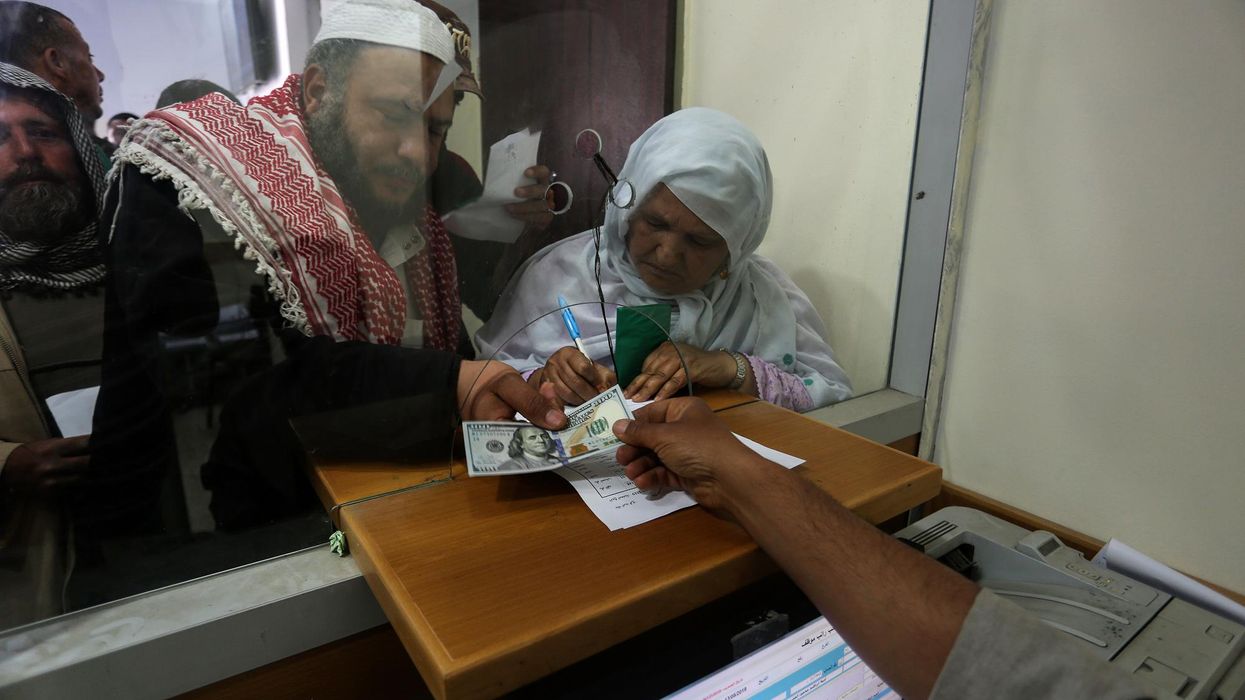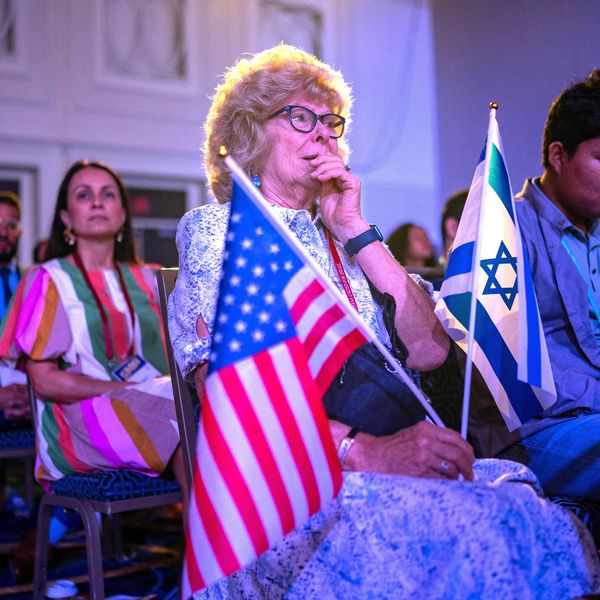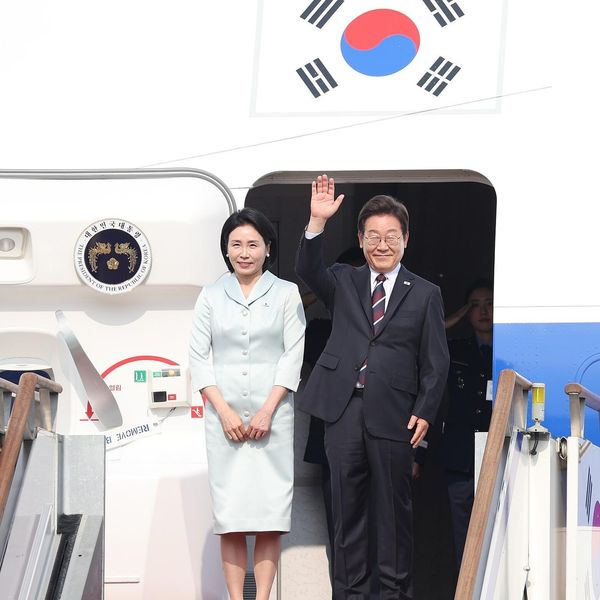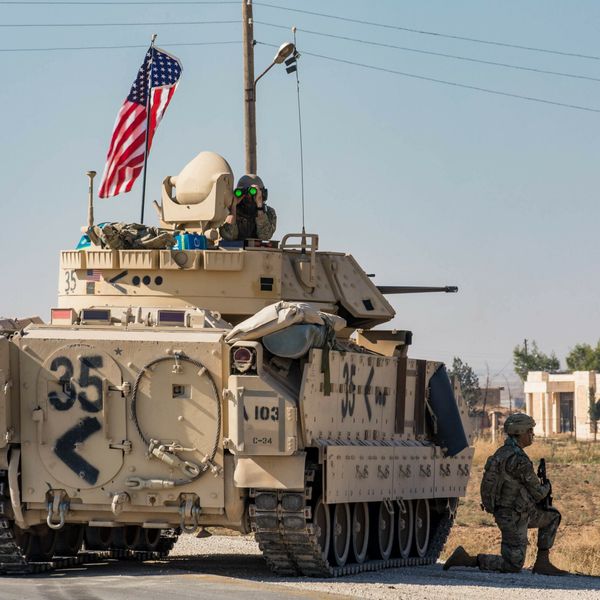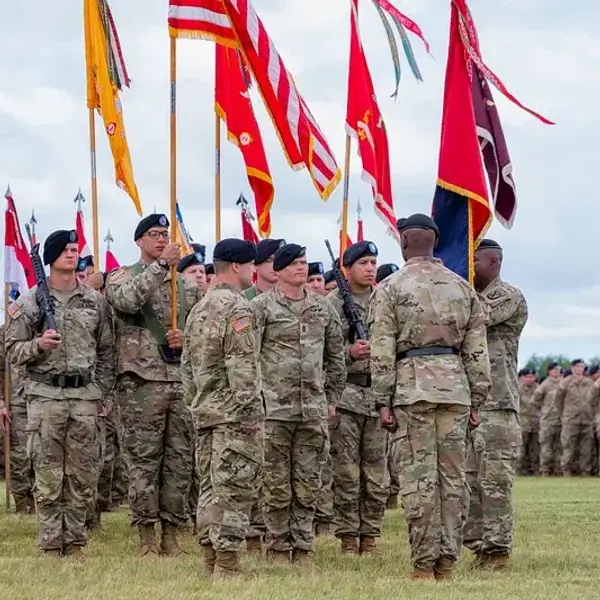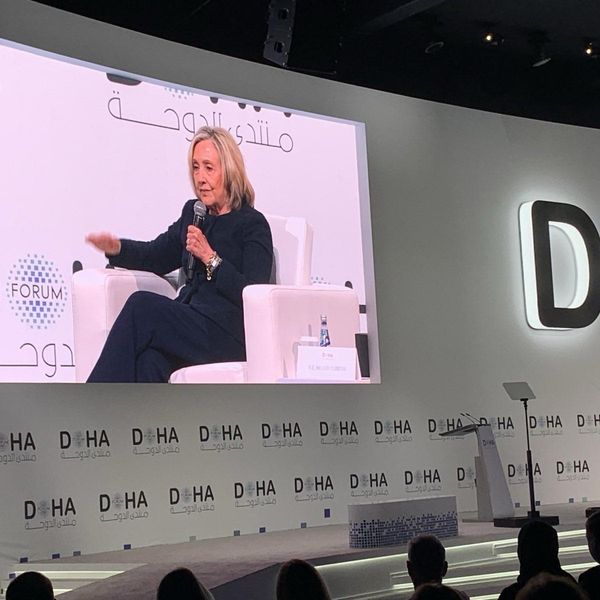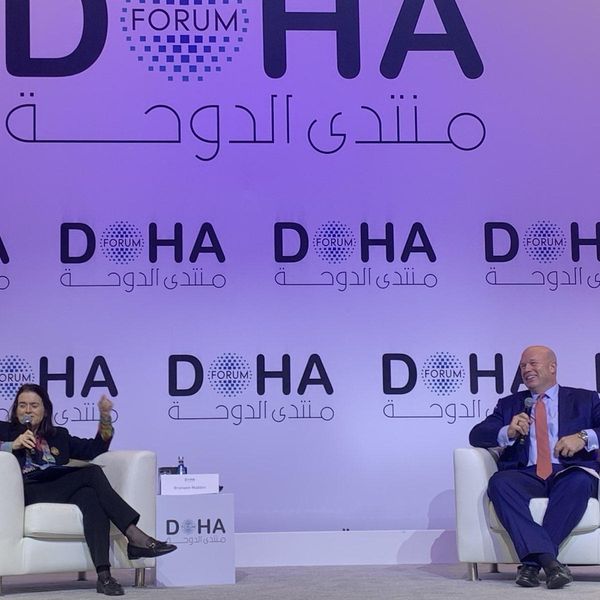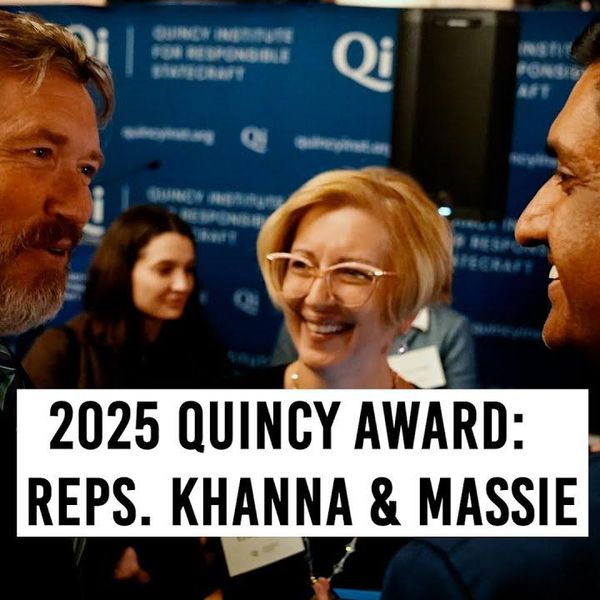Saudi Arabian Crown Prince Mohammed bin Salman (MbS) toured the five smaller Gulf states between December 6, when he visited Oman, and December 10, when he arrived in Kuwait after stops in Abu Dhabi and Dubai, Qatar, and Bahrain. His travels occurred a week ahead of the annual leaders’ summit of the Gulf Cooperation Council (GCC) at Diriyah, the historic heartland of the Al Saud, planned to take place on December 14. Just as 2021 began with a GCC summit in Saudi Arabia in the heritage site of Al-Ula on January 5, which saw the signing of an agreement that ended the nearly-four-year-long blockade of Qatar, so the year ends with another GCC summit in Saudi Arabia, in Riyadh. The Saudi leadership hopes the latter event will reinforce Mohammed bin Salman’s regional credentials, in part to counter the ongoing difficulties he faces in rebuilding his international standing.
During his visit to the other GCC states, MbS met with the sultan of Oman, the emirs of Qatar and Kuwait, the king of Bahrain, and the de facto leader of the United Arab Emirates (UAE), Crown Prince Mohammed bin Zayed Al Nahyan. These meetings confirmed Mohammed bin Salman as the public and diplomatic face of Saudi Arabia’s regional policy, the effective counterpart with whom all other leaders must deal (rather than his father, King Salman bin Abdulaziz), and mirrored the center stage that the 36-year-old crown prince had taken at the Al-Ula summit in January. In between, events such as the organization of a Middle East Green Initiative summit, which brought regional leaders to Riyadh in October, also sought to present MbS as a central figure of regionwide importance.
A changed GCC context
Several developments made this moment an opportune one for such a regional tour. The death in 2020 of Sultan Qaboos bin Said of Oman and Emir Sabah al-Ahmad al-Jaber Al Sabah of Kuwait removed two elder statesmen who appeared to have harbored doubts about Mohammed bin Salman’s brash approach to regional affairs. Indeed, MbS’s previous visit to Kuwait as crown prince of Saudi Arabia, in September 2018, was cut short after just a few hours amid reports of policy differences on issues that ranged from the blockade of Qatar to the ongoing shutdown of oil fields in the neutral zone shared by Saudi Arabia and Kuwait. For someone who had devoted 60 years of his life to regional diplomacy, the deepest rift in the 40-year history of the GCC was a matter of personal sorrow to Emir Sabah, who died before it was finally resolved.
Kuwait’s new crown prince (and reputed power broker, given the uncertain health of Emir Nawaf Al-Ahmad Al-Jaber Al Sabah), Sheikh Mishaal al-Ahmad Al Sabah, made his first official visit to Saudi Arabia when he met with Mohammed bin Salman in Riyadh in June. A month later, Oman’s new Sultan Haitham bin Tariq Al Said also made Saudi Arabia the destination for his first official travel as head of state when he paid a two-day visit to King Salman and Mohammed bin Salman in the planned future city of Neom on Saudi Arabia’s Red Sea coast. The visit—the first by an Omani sultan to the kingdom in more than a decade—was considered a success and resulted in a slew of joint economic and infrastructure initiatives. It set a new tone in Saudi-Omani relations after a period of drift on both sides.
Relations with Qatar also illustrate the changed regional context of 2021 vis-à-vis the period fraught with tension that characterized Mohammed bin Salman’s early tenure since he assumed the position of crown prince in June 2017. Though media outlets focused on the fact that MbS’s December 8 arrival in Doha was the first time he had set foot in Qatar since the lifting of the blockade, it was in fact his fifth meeting with Emir Tamim bin Hamad Al Thani in 2021 alone, after the Qatari leader visited Saudi Arabia four times—for the Al-Ula summit, again in May and September, and for the Middle East Green Initiative in October. The frequency of their meetings suggests that the process of reconciliation and of rebuilding ties and trust is proceeding faster in the Saudi case relative to the other blockading states, such as the UAE and Bahrain.
Focus on regional diplomacy
The positioning of Mohammed bin Salman at the heart of regional diplomacy in the Gulf is part of—but also more than an attempt at—reframing the narrative about the Saudi crown prince away from the image of reckless, impulsive, and destabilizing decision-making that culminated in the fallout from the appalling death of journalist Jamal Khashoggi inside the Saudi consulate in Istanbul in October 2018. Although President Joe Biden has not followed through on his campaign rhetoric to make the Saudi state “the pariah that they are” and halt weapons sales to the kingdom, he has not engaged directly with Mohammed bin Salman and has delegated meetings with the crown prince to lower-ranked officials in his administration. MbS notably stayed away from both the G-20 summit in Rome in October (despite Saudi Arabia having held the rotating presidency of the G-20 the previous year) and from COP26 in Glasgow in November, in part because he may have wanted to avoid the optics of being snubbed in public by Biden.
It is clear that with the crown prince’s visits to each of the other GCC states and his prominent role at the GCC summits, the Saudi leadership is signaling that countries across the region are willing to deal with Mohammed bin Salman even if the current occupant of the White House is not. Moreover, MbS’s reticence to travel internationally—especially to Europe and North America—since the Khashoggi killing in 2018 stands in contrast to the scenes of welcome he has received in regional capitals. Just as the Biden Administration has (perhaps grudgingly) acknowledged that it needs to continue to engage with Saudi leaders on Yemen (and, to a lesser extent, oil prices and production outputs), so, too, the Saudis might think, must it acknowledge Mohammed bin Salman as a figure of regional standing, even if unwillingly.
Regaining regional leadership as a path toward global rehabilitation
In addition to the optics of trying to recast Mohammed bin Salman as a statesmanlike figure, the Saudis may also be seeking to regain the initiative after a flurry of regional developments in which the UAE, rather than Saudi Arabia, played the central role. In the weeks around Mohammed bin Salman’s tour of Gulf capitals, Abu Dhabi Crown Prince Mohammed bin Zayed traveled to Ankara to meet Turkey’s President Recep Tayyip Erdoğan on November 24 and received Israel’s Prime Minister Naftali Bennett in Abu Dhabi on December 13. Moreover, the UAE’s national security advisor, Sheikh Tahnoun bin Zayed Al Nahyan, met with his Iranian counterpart as well as with President Ebrahim Raisi in Tehran on December 6.
The Emirati initiatives to reengage with Turkey and Iran and deepen the burgeoning relationship with Israel illustrate how the UAE leadership is moving proactively to protect and preserve its own perceived interests across the broader region. Further, these have come after a period of tension in Saudi-Emirati relations that created a degree of distance between Mohammed bin Salman and Mohammed bin Zayed, whose relationship for a time (between 2015 and 2018) appeared to be the dominant axis in Gulf politics. While the points of contention are primarily economic rather than political or ideological, and thus unlikely to escalate or rupture as they did with Qatar in 2017, they do underline how competitive rivalries could become more pronounced as Riyadh diversifies into economic sectors—such as travel, tourism, hospitality, and entertainment—that have long been dominated by Abu Dhabi and Dubai.
With the annual GCC summit now taking place each year in Saudi Arabia (where the GCC secretariat is located), rather than rotating among the six member-states’ capitals as it did until 2017, it is likely that, as host, Mohammed bin Salman is seeking to generate consensus on key issues facing the six GCC states. These include coordinating GCC positions on Iran, Yemen, and Syria—a task that is easier said than done, if the recent variation in Gulf states’ approaches to the standoff with Lebanon in November 2021 is any indication—as well as seeking to ensure that GCC states’ interests are on the table in international efforts to resolve these regional hotspots. With the UAE about to take up one of the 10 non-permanent, two-year seats on the United Nations Security Council for 2022-23, Mohammed bin Salman may see his (and Saudi Arabia’s) centrality in the GCC as a means of projecting a different form of regional leadership and influence.
Above all, MbS’s recent moves demonstrate how he has started over at the regional level after his global profile crashed and burned in the wave of international revulsion that accompanied the drip-drip pace of revelations about the killing of Jamal Khashoggi. Between 2016 and 2018, a period that encompassed his formal elevation to crown prince, Mohammed bin Salman seemed to crop up everywhere, in fawning media coverage to meetings with Silicon Valley titans and lavish welcomes in western capitals, suggesting that no door was closed to the millennial leader-in-waiting. Much of that came shuddering to a halt in and after October 2018; clearly, the Khashoggi murder continues to have an impact, as evidenced by the fact that Mohammed bin Salman has cut back his international travel sharply and has not yet returned to the United States—and is perhaps unwilling to do so without the protection of status-based immunity as head of state.
It may take years for Mohammed bin Salman to shake off the stigma of a reckless, impulsive decision-maker with little or no regard to the boundaries of reasonable conduct; indeed, in some quarters, his image may never be fully rehabilitated. And yet, barring any unforeseen developments, at some point in the next several years he will succeed his father as Custodian of the Two Holy Mosques, with all the gravitas that position brings in regional geopolitical as well as religious terms. As king, MbS may develop to fit the stature of an international leader, especially during a reign that could conceivably last for decades. But until that point, consolidating his position domestically and reasserting his centrality regionally would seem a smart approach to incrementally regaining some of the ground that was lost in the turbulence of the past few years in Mohammed bin Salman’s still young life.
This article has been republished with permission from Arab Center DC.


